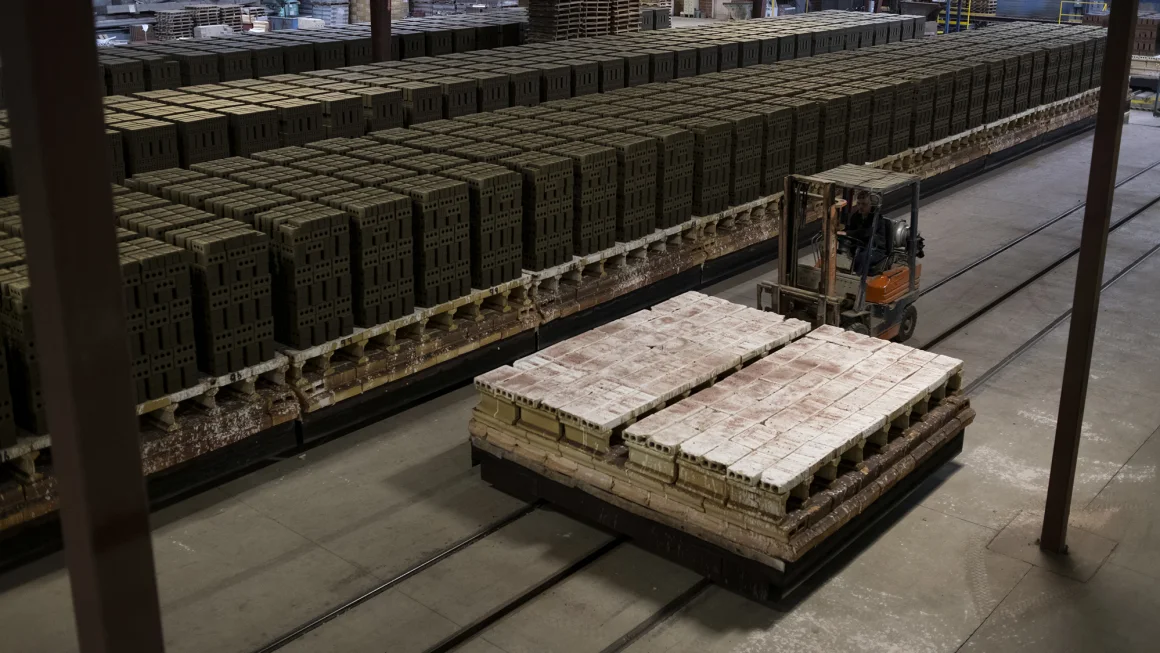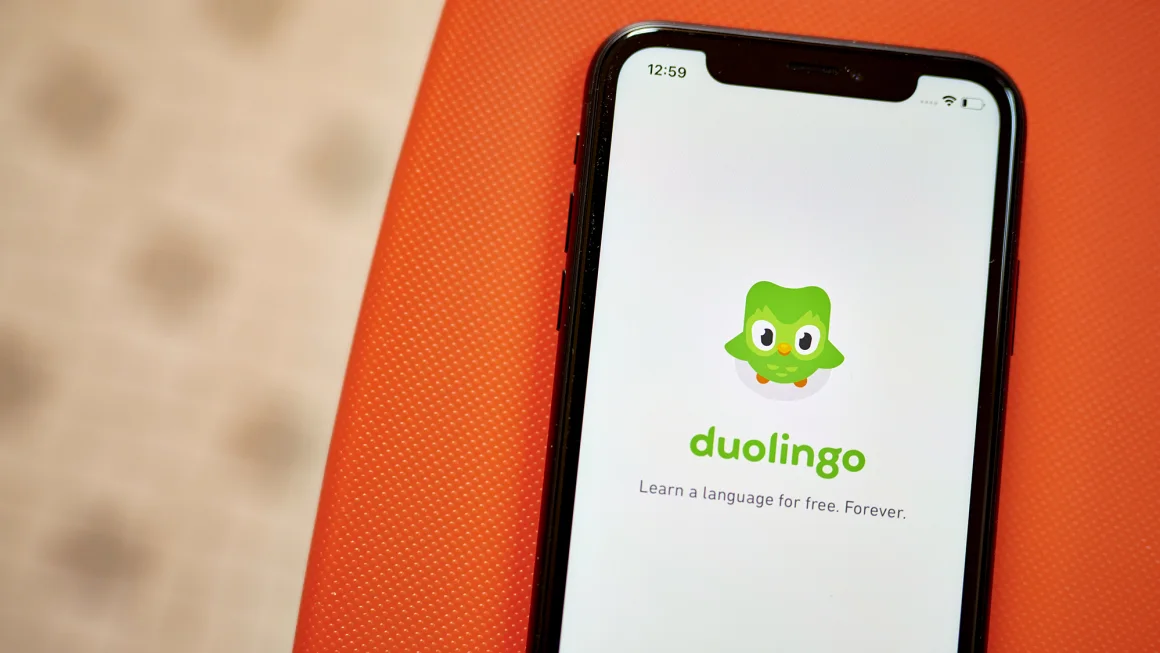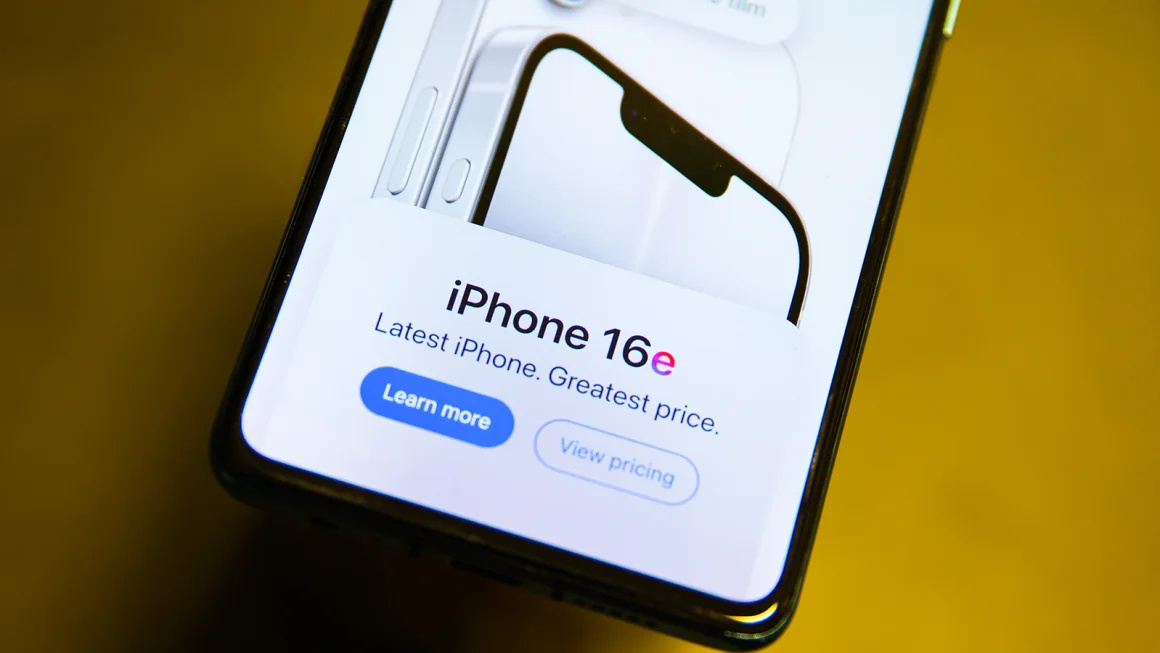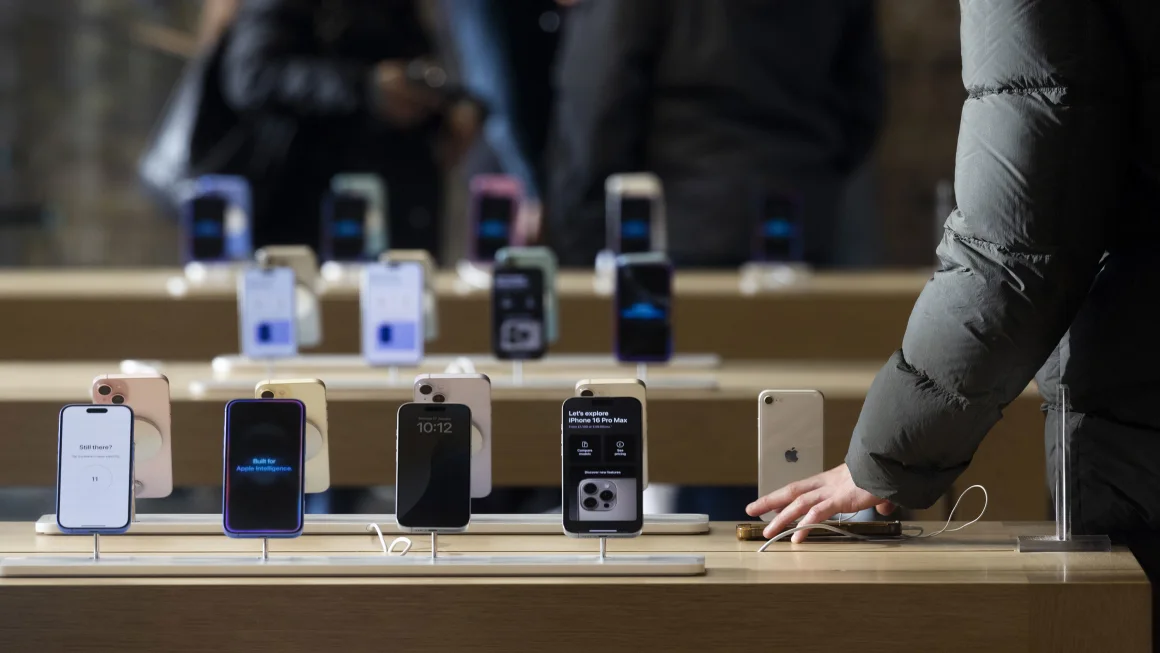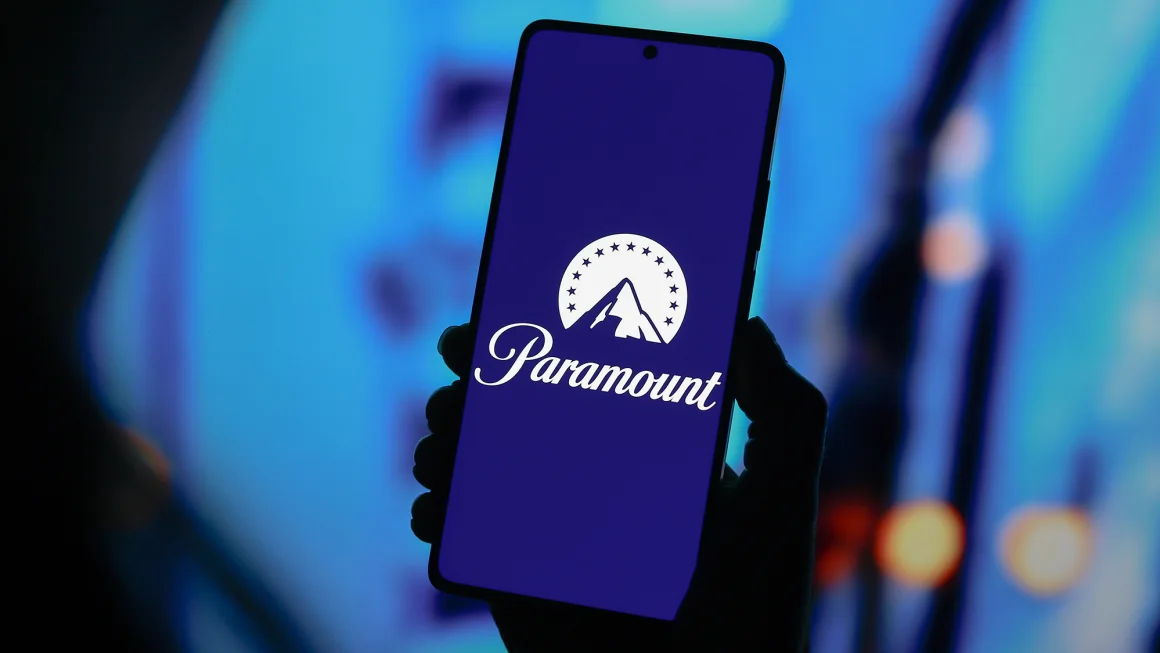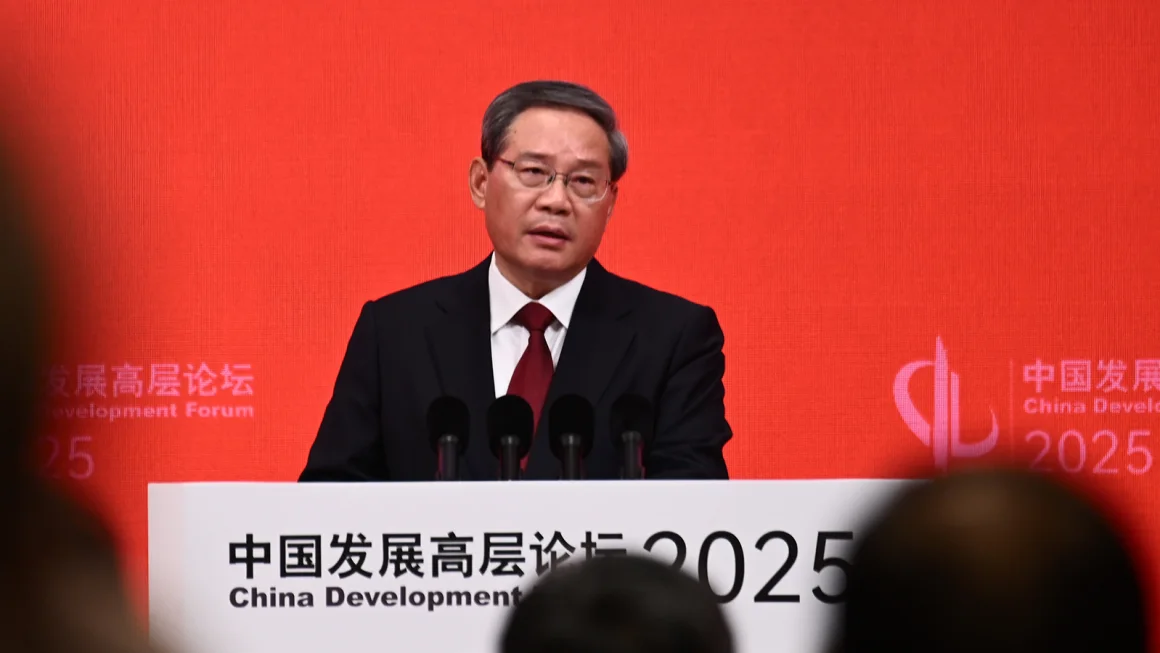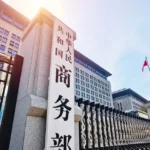Apple could be gearing up to increase iPhone prices this fall — but it might do so in a way that avoids attracting too much attention or backlash, especially from political circles.
With tariffs imposed by the Trump administration potentially affecting Apple’s bottom line, analysts believe the company is considering subtle ways to adjust pricing for its upcoming iPhone lineup. According to a report from The Wall Street Journal, rather than increasing the base price outright, Apple may introduce higher costs through features like new AI tools, enhanced hardware, or by charging more for upgrades such as increased storage.
Strategic Price Tweaks Instead of Sticker Shock
The iPhone 17 lineup is expected to bring notable changes, including a slimmer model — possibly called the iPhone 17 Air — which could allow Apple to restructure its pricing strategy across the board. At the same time, the entry-level iPhone now starts at a higher price, with the iPhone 16e replacing the more budget-friendly iPhone SE.
Gil Luria of D.A. Davidson explained, “When we say price increases, we don’t necessarily mean the iPhone 17 will cost more than the iPhone 16 directly — Apple has several ways to raise prices without changing the list price.”
The Tariff Dilemma
Apple still manufactures most of its iPhones in China, leaving it vulnerable to steep tariffs. While the company is moving production to India and Vietnam, tariffs on Chinese imports remain a challenge. CEO Tim Cook has estimated a $900 million impact from tariffs in Q2 2025 alone, though he emphasized that most iPhones sold in the U.S. will soon be made in India.
Currently, smartphones are exempt from direct tariffs, and a new U.S.–China trade deal offers temporary relief. Still, uncertainty around future trade policy keeps pressure on Apple’s pricing strategies. Daniel Morgan of Synovus estimated Apple would need a 30% price hike to fully offset tariff-related costs — pushing the iPhone 17 base model well over $1,000.
Avoiding Political Fallout
Publicly raising prices because of tariffs could put Apple in an awkward position with Trump, who has praised Apple’s U.S. investments. Analysts say Apple may instead link any price increase to product enhancements rather than external economic pressures.
For example, Apple might emphasize new features such as its AI platform, Apple Intelligence, or the long-anticipated redesign of Siri. While some features have already launched, Apple could frame future improvements as premium offerings worth a higher price.
Other Subtle Price Adjustments
Apple could also make pricing changes in less obvious ways — such as offering less free storage and charging more for upgrades. “It’s not that consumers won’t notice at all, but it doesn’t change the list price,” Luria noted.
Additional hardware upgrades, like Apple’s custom cellular modem introduced in the iPhone 16e, also give the company a reason to raise prices without attributing them to tariffs.
Balancing Price and Sales Volume
Despite slower iPhone upgrade cycles in recent years, Apple reported a modest 1.9% increase in iPhone revenue in Q1 2025. However, raising prices always risks reducing sales volume.
“That’s the tradeoff,” Luria said. “Apple has to ensure that higher prices don’t lead to fewer upgrades.”
In short, Apple may increase iPhone prices this fall — but don’t expect a big announcement. Instead, the change might come in the form of sleeker models, enhanced features, or less included storage — all allowing the company to quietly raise costs without making it obvious to consumers or regulators.
